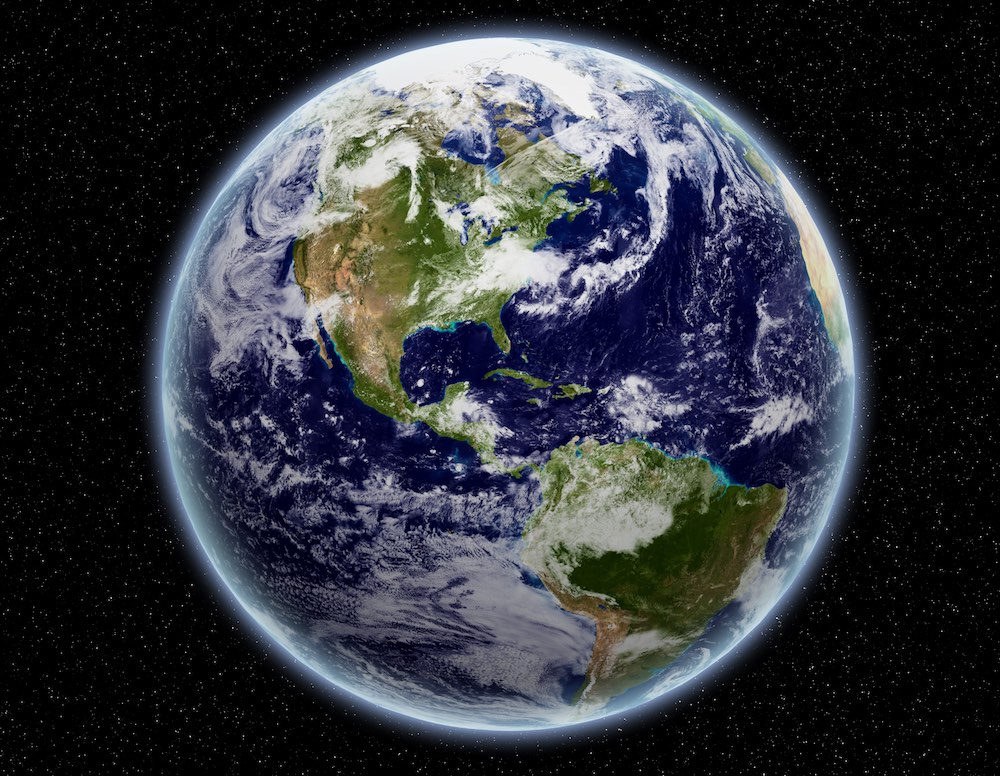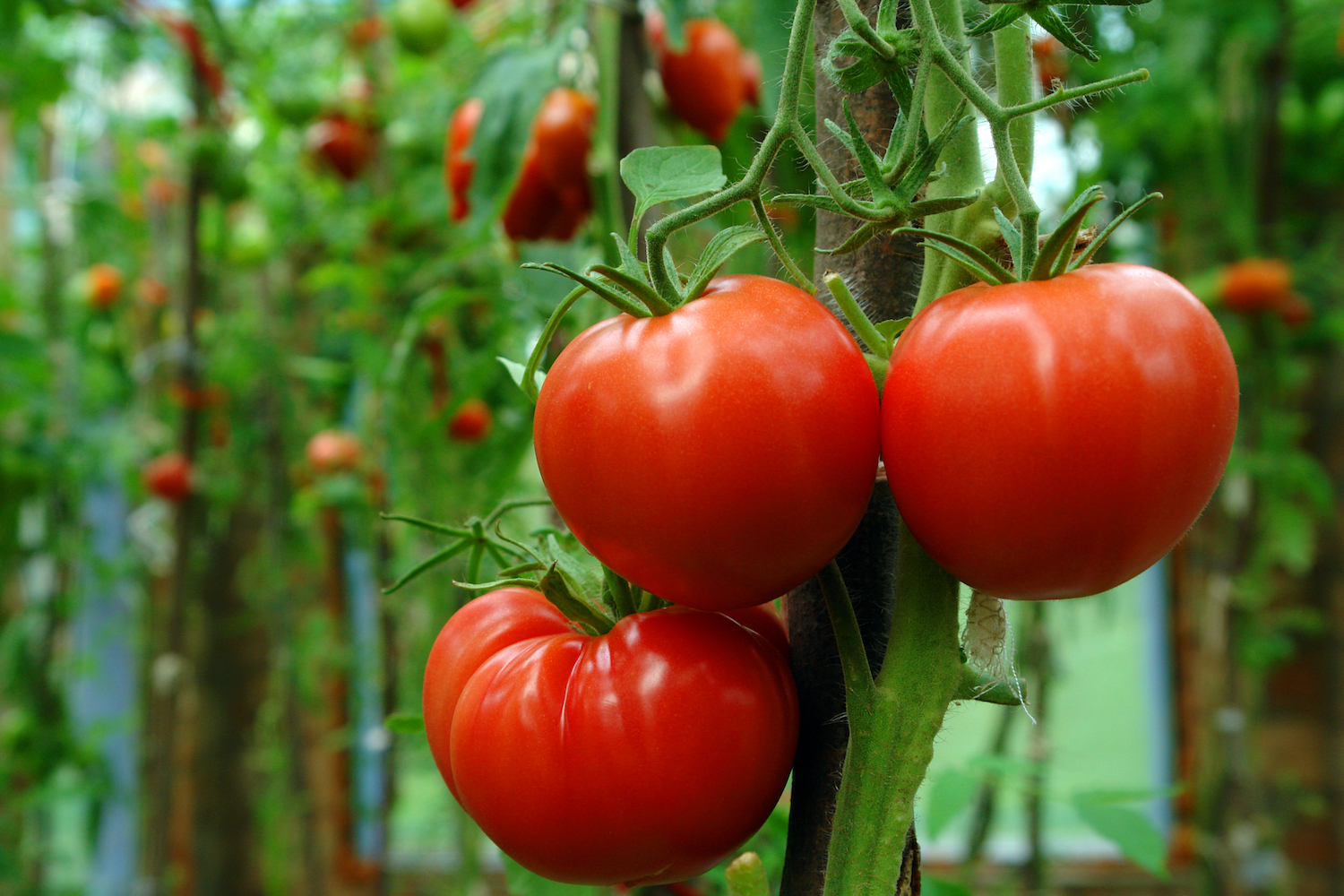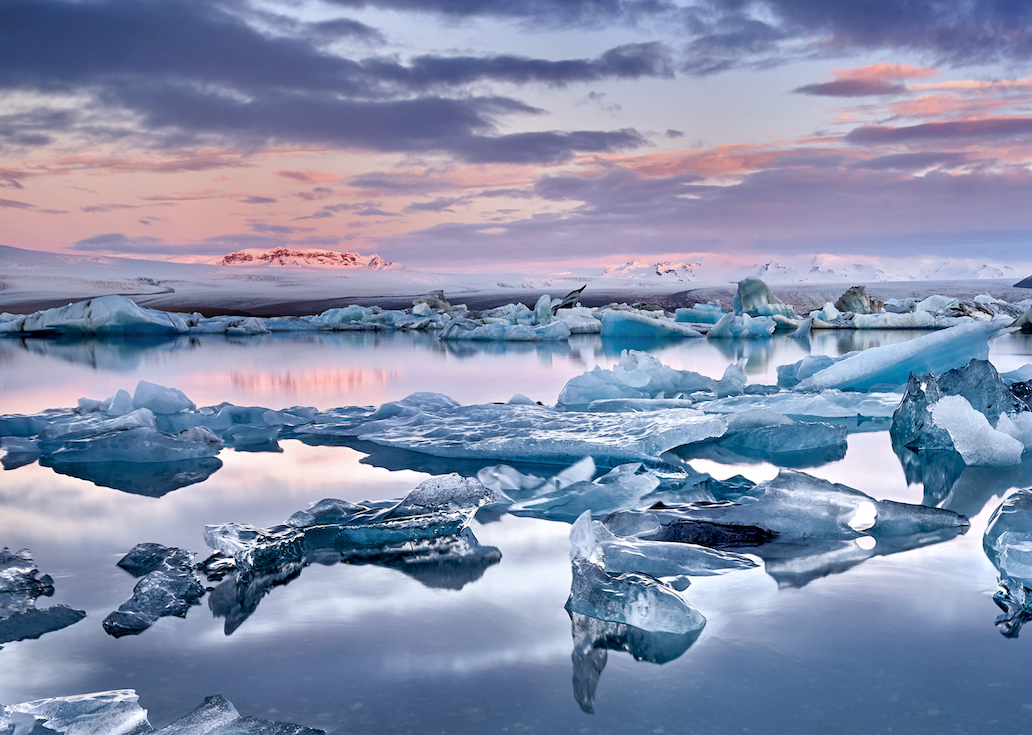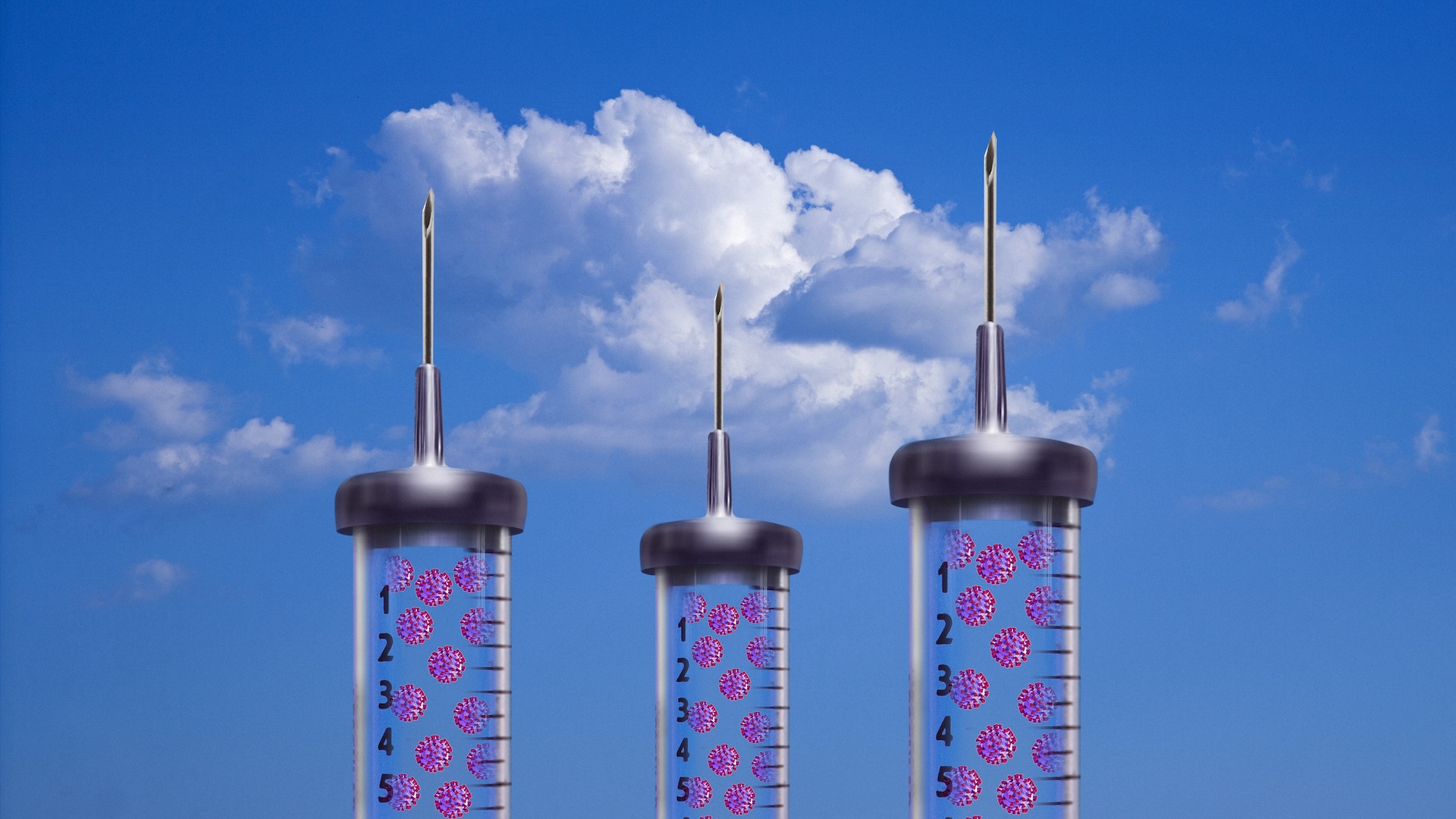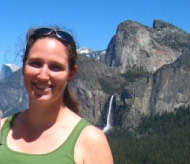
Rachel Ross
Rachel Ross is a science writer and editor focusing on astronomy, Earth science, physical science and math. She holds a Bachelor of Arts in Philosophy from the University of California Davis and a Master's degree in astronomy from James Cook University. She also has a certificate in science writing from Stanford University. Prior to becoming a science writer, Rachel worked at the Las Cumbres Observatory in California, where she specialized in education and outreach, supplemented with science research and telescope operations. While studying for her undergraduate degree, Rachel also taught an introduction to astronomy lab and worked with a research astronomer.
Latest articles by Rachel Ross
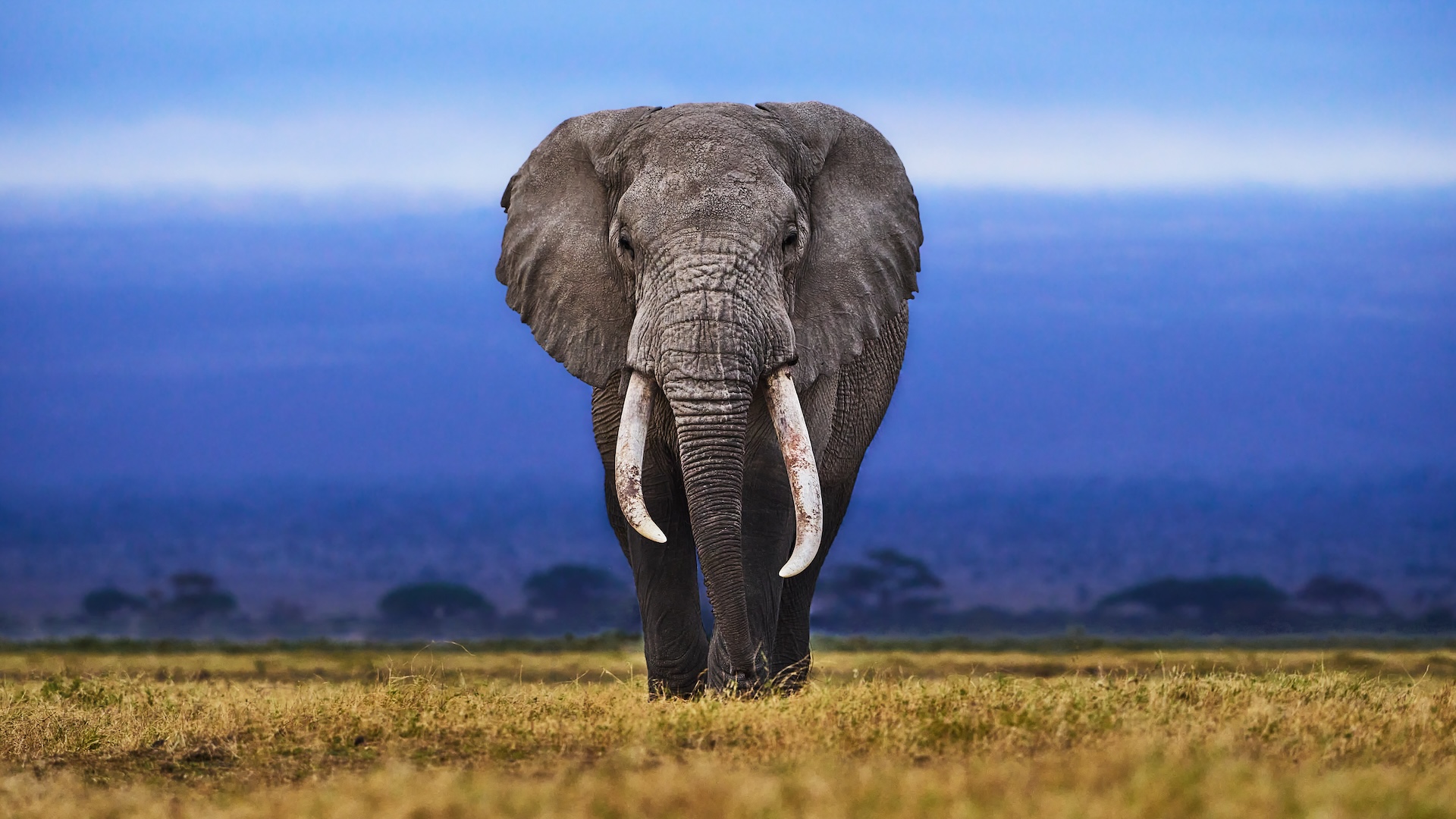
Elephants: Facts about Earth's largest living land animals
By Marilyn Perkins, Alina Bradford last updated
Discover interesting facts about elephants, the highly intelligent and social animals that roam Africa and Asia.
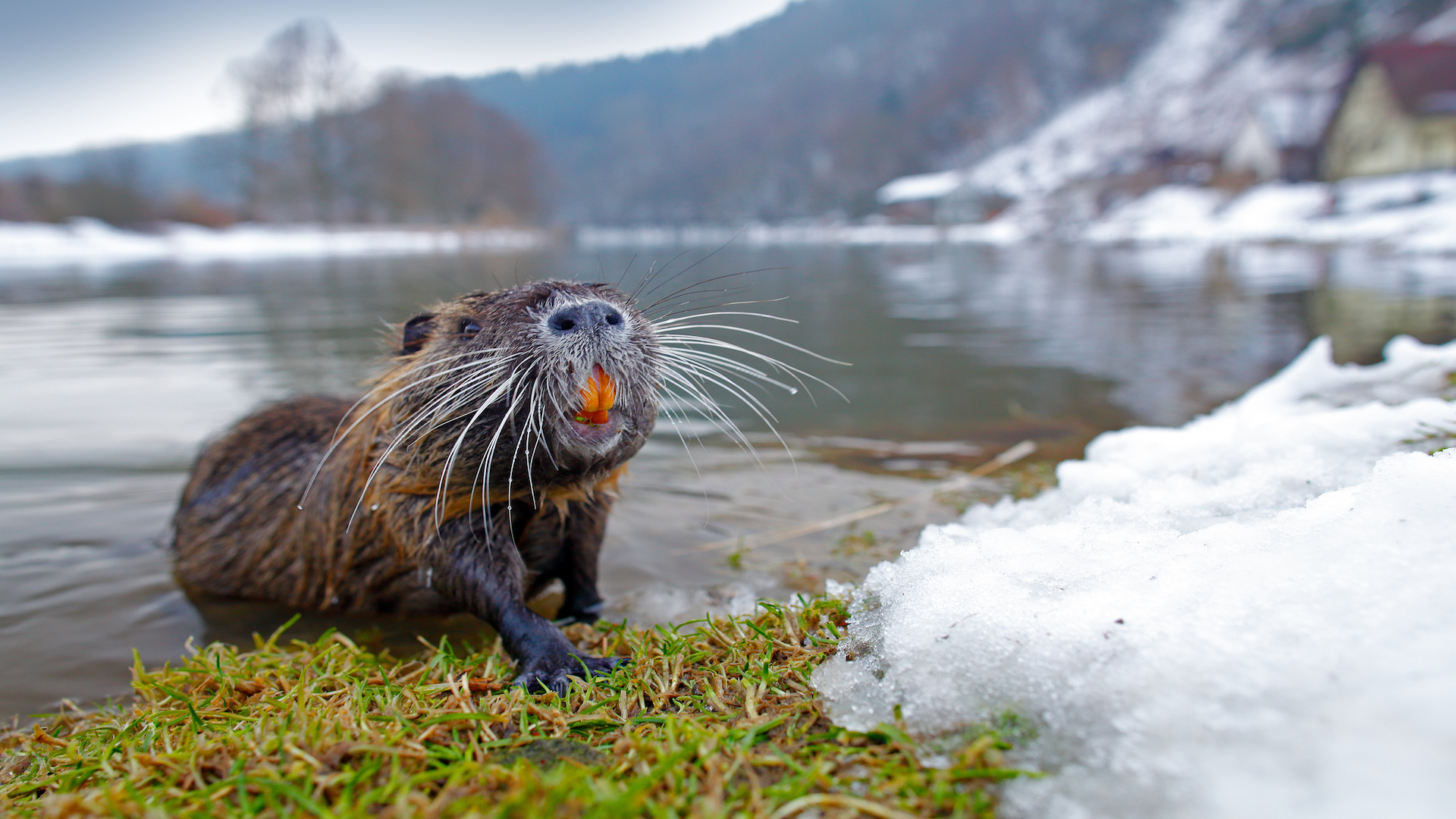
Nutria: The invasive, unusually large rodents
By Rachel Ross last updated
Nutria, also known as coypu or swamp rats, are large rodents that wreak havoc on their non-native ecosystems.
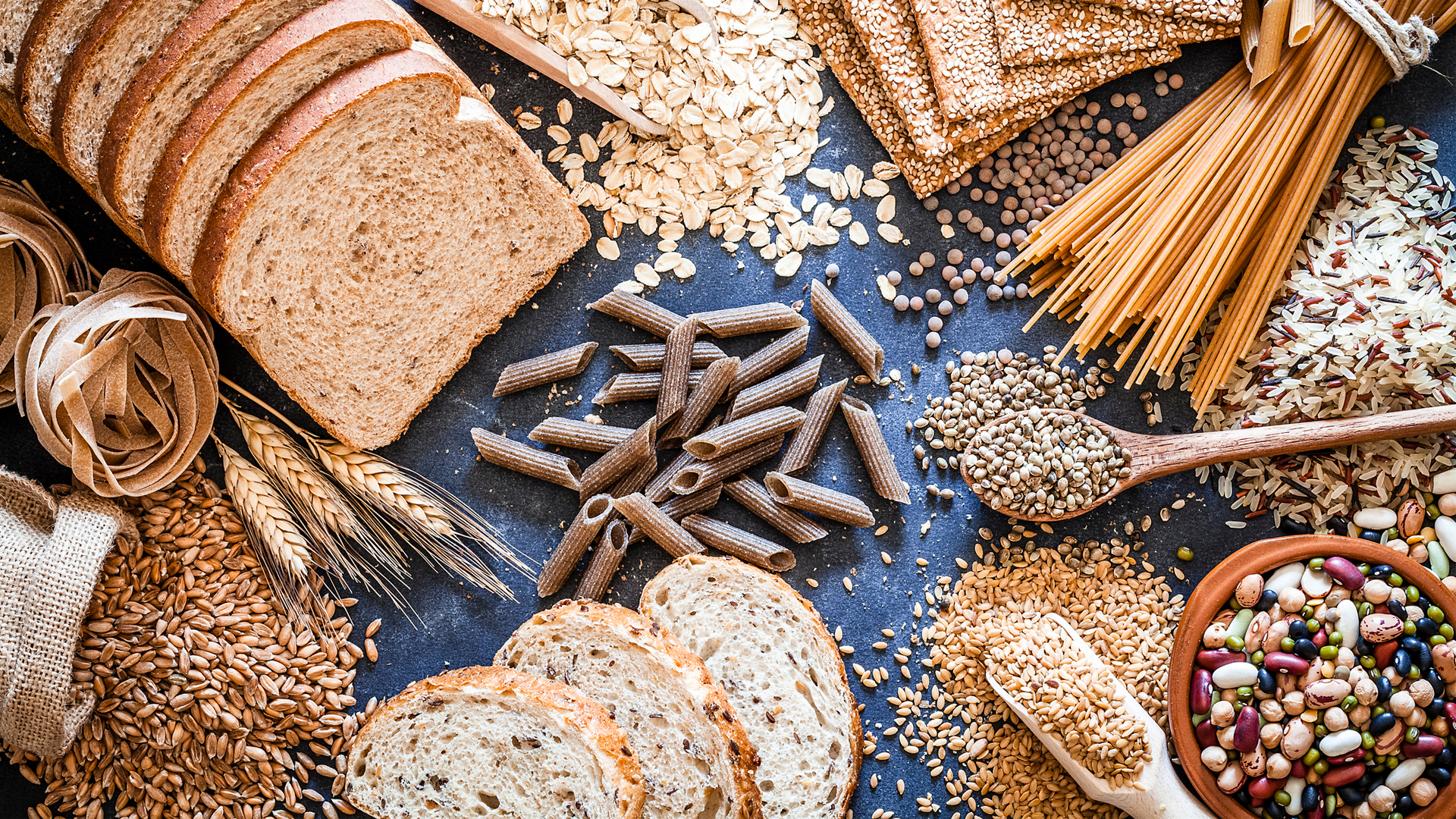
What is gluten?
By Alina Bradford last updated
Reference Gluten refers to the proteins found in wheat endosperm. Some people are gluten-intolerant, but a gluten-free diet is not for everyone.
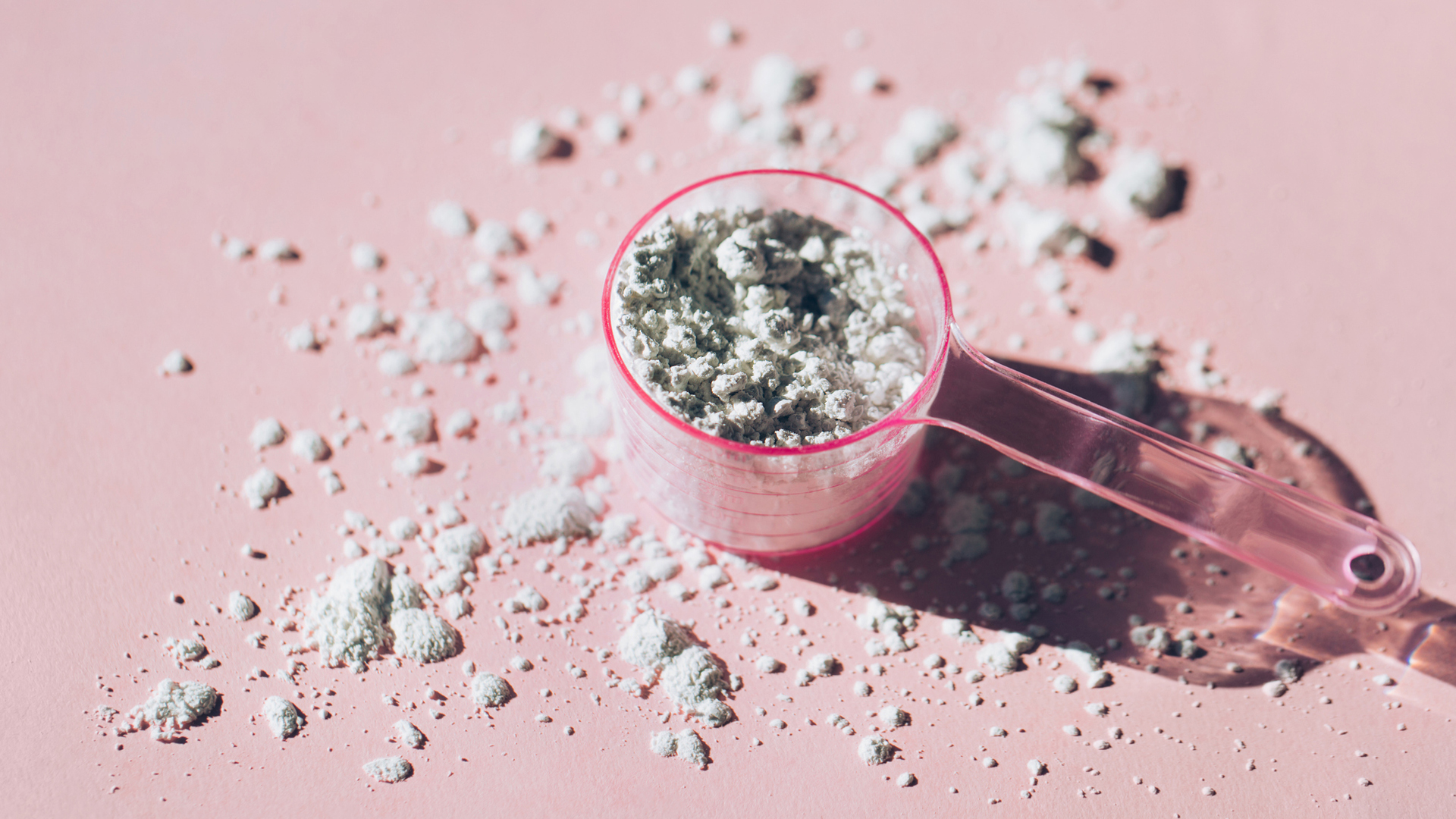
What is collagen good for?
By Anna Gora last updated
Wondering what is collagen good for? Here’s what science tells us about the health and beauty benefits of collagen supplements
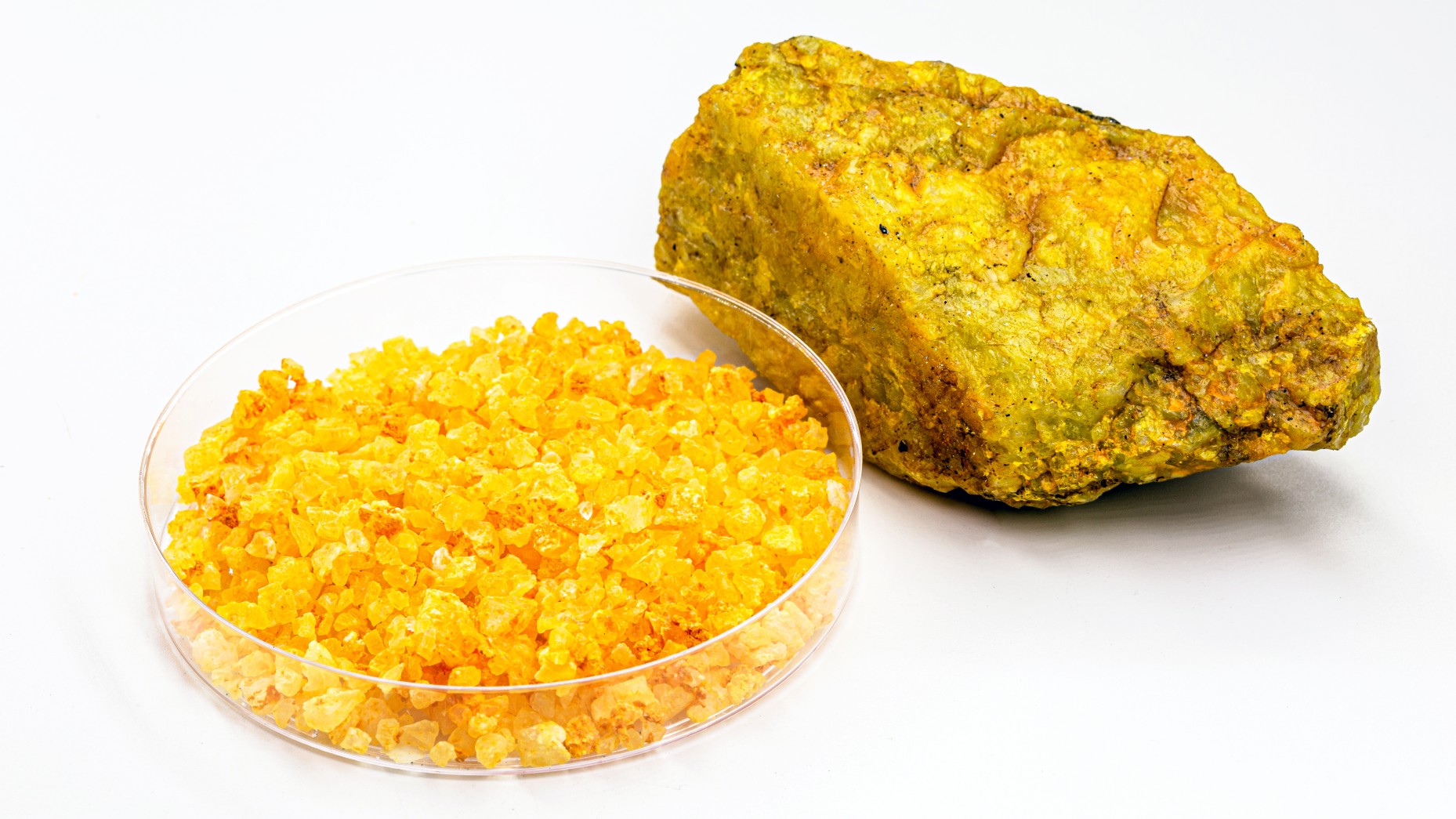
Uranium: Facts about the radioactive element that powers nuclear reactors and bombs
By Stephanie Pappas published
Reference Uranium is a naturally radioactive element. It powers nuclear reactors and atomic bombs.
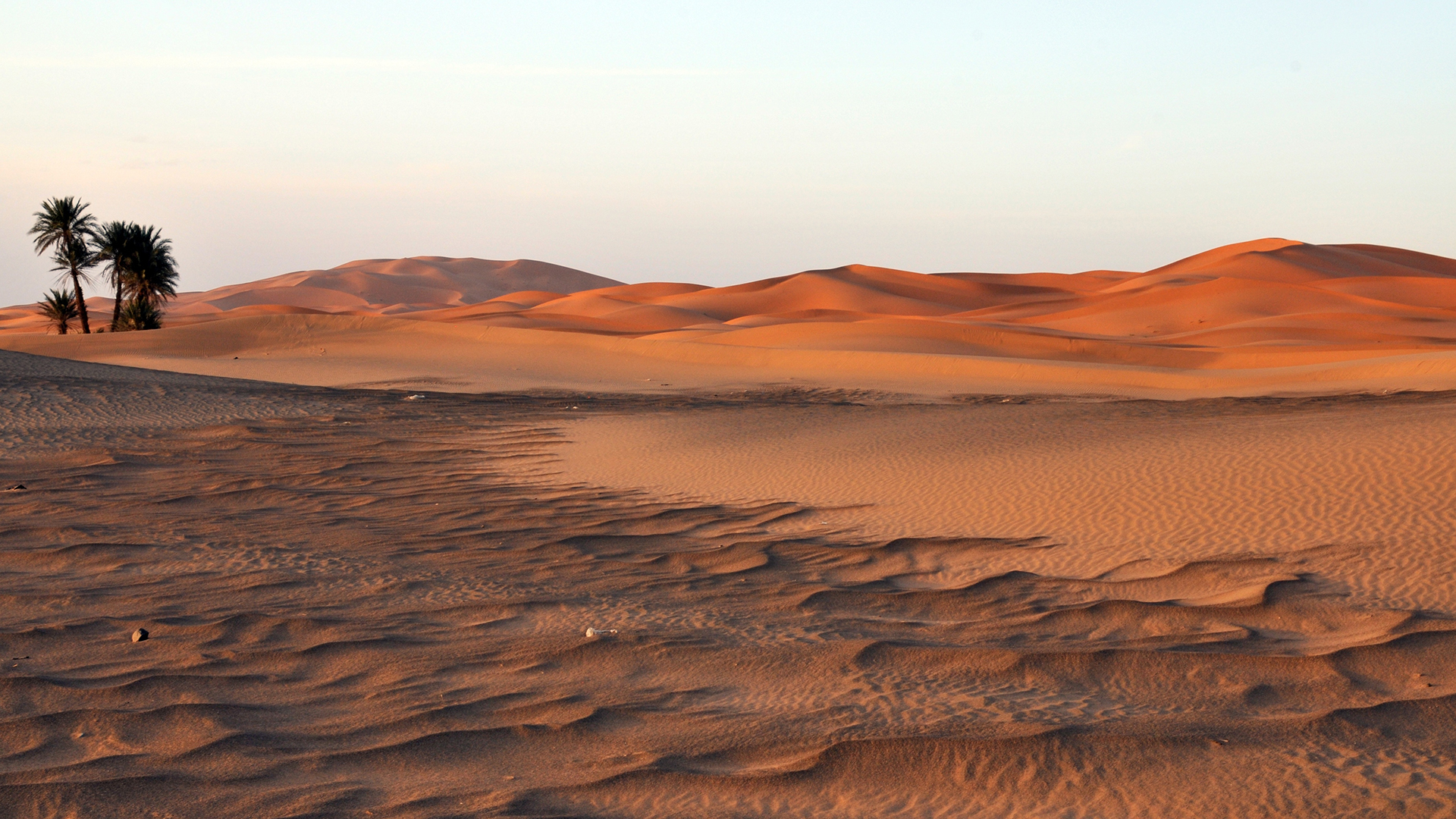
The Sahara: Earth's largest hot desert
By Rachel Ross published
Reference The Sahara desert is the largest hot desert in the world, covering nearly all of northern Africa.

Crystal healing: Stone-cold facts about gemstone treatments
By Elizabeth Peterson, Jonathan Gordon published
Reference Crystal healing is an alternative medicine technique that employs crystals and other stones as conduits for natural healing energy.
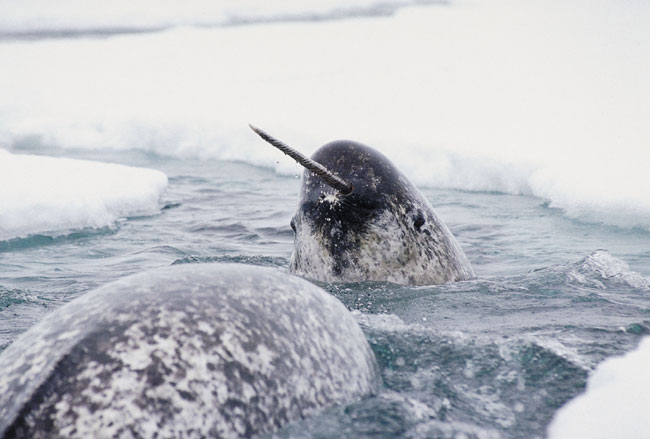
Narwhals: Mysterious unicorns of the sea
By Rachel Ross, Vicky Stein published
The closest to a unicorn you'll ever get.
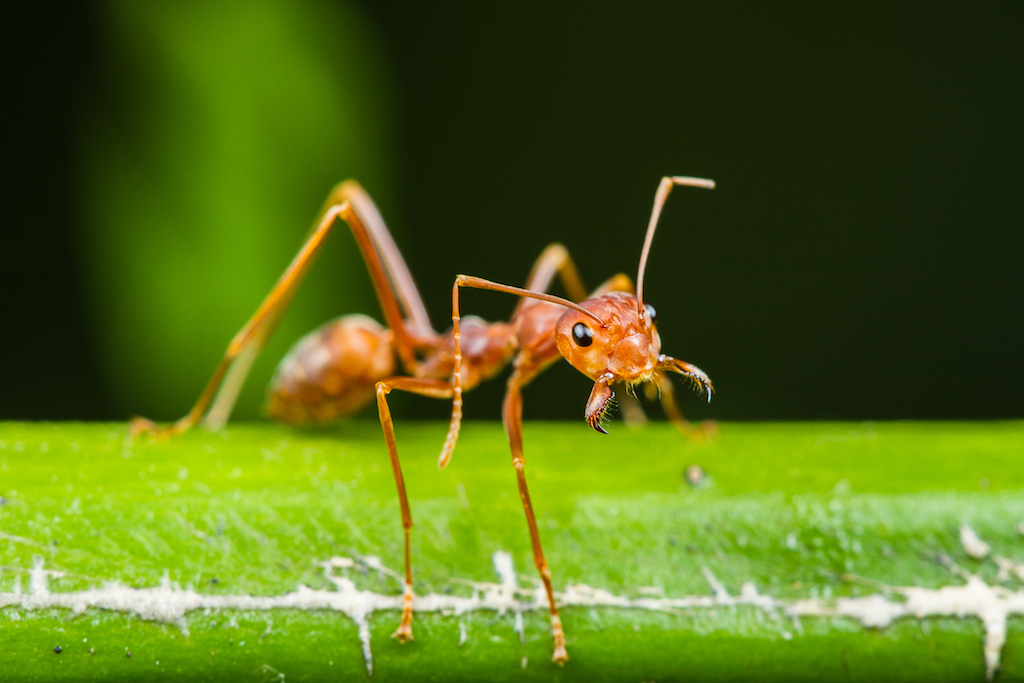
Ants: From the Cool to the Creepy
By Rachel Ross published
Yes, some ants will take over your pantry, but others are crucial for the environment.

Why Do Some People Like to Be Scared?
By Rachel Ross published
Do you have the personality trait that leads you to thrive in the face of fear?

What Is Activated Charcoal?
By Rachel Ross published
You might want to reconsider including activated charcoal in your food, beverages or cosmetics.
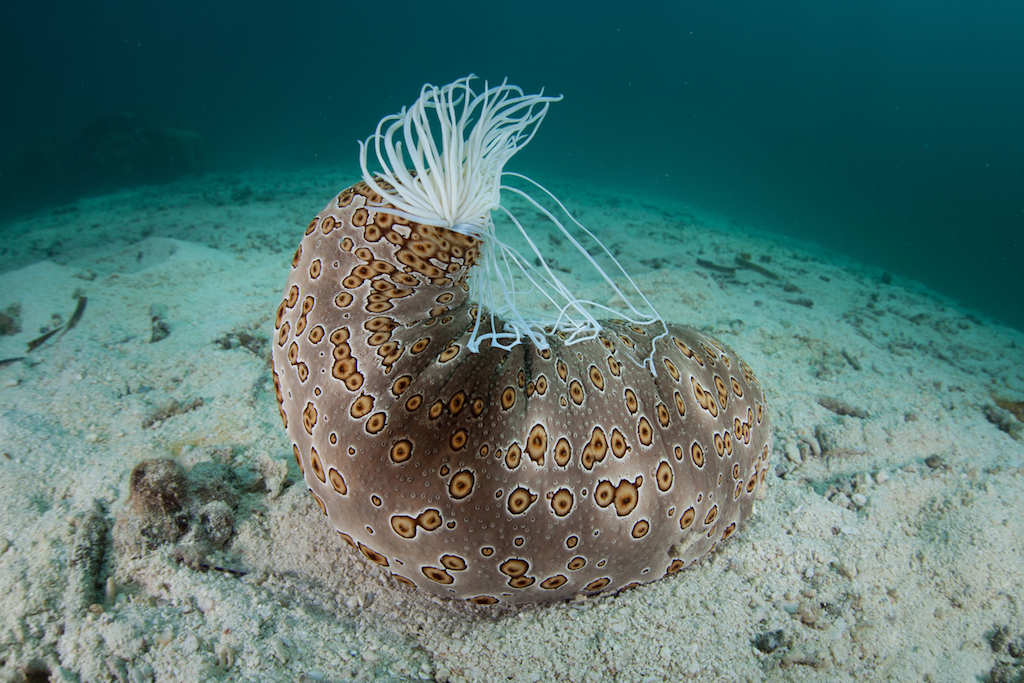
What Is a Sea Cucumber?
By Rachel Ross published
Nope, these cucumbers aren't plants. Sea cucumbers are colorful, squishy sea creatures that live on the ocean floor.

Measles: Symptoms, Treatment and Vaccination
By Rachel Ross published
Measles is making a comeback. Here's what you should know about one of the most contagious infectious diseases in the world.
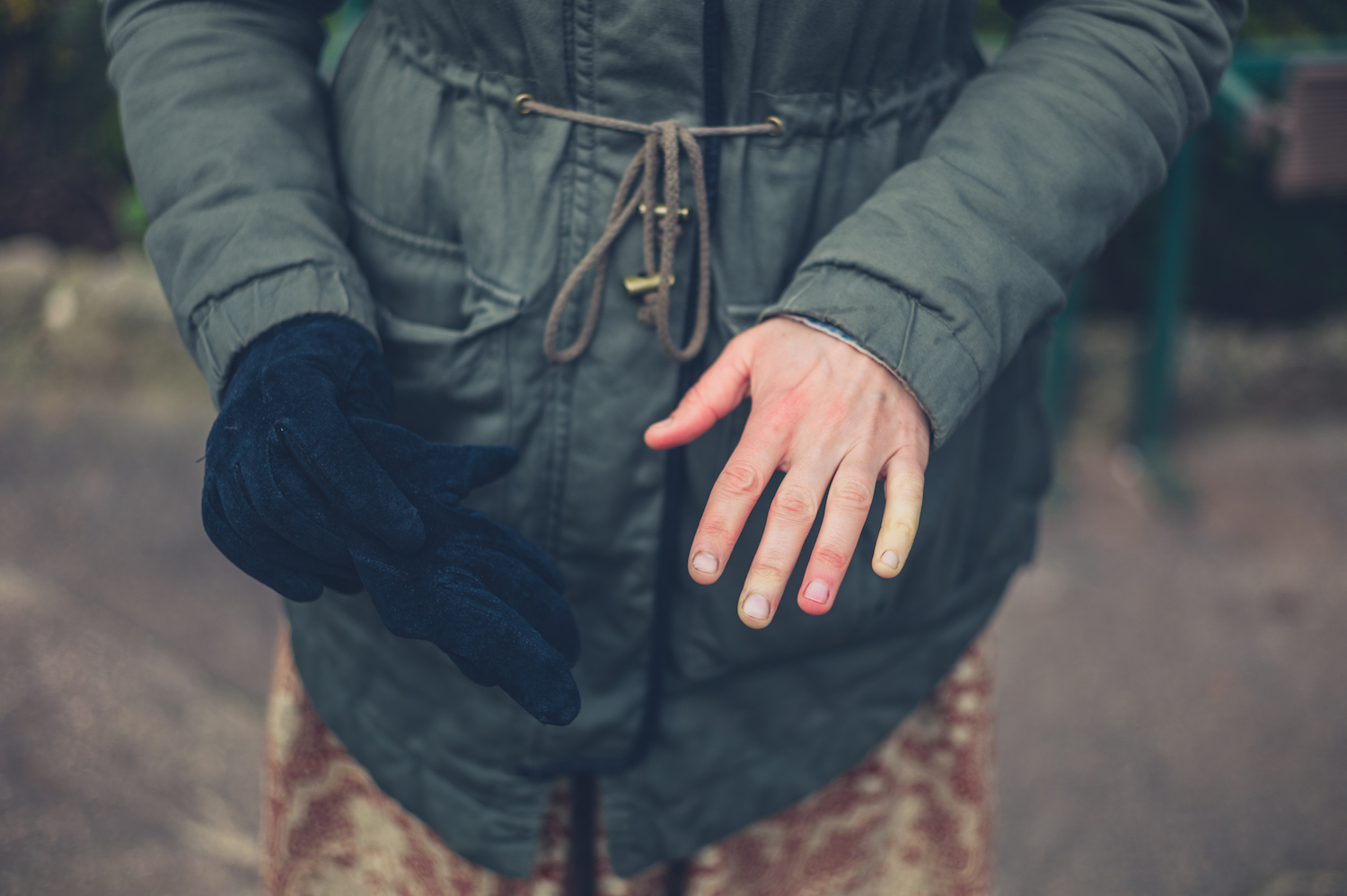
Raynaud's Disease: Types, Symptoms and Treatment
By Rachel Ross published
Do your fingers turn white and blue when you are cold or stressed out? It might indicate Raynaud's disease.

Bacillus Cereus: The Bacterium That Causes 'Fried Rice Sydrome'
By Rachel Ross published
Fried rice syndrome is a common type of food poisoning.
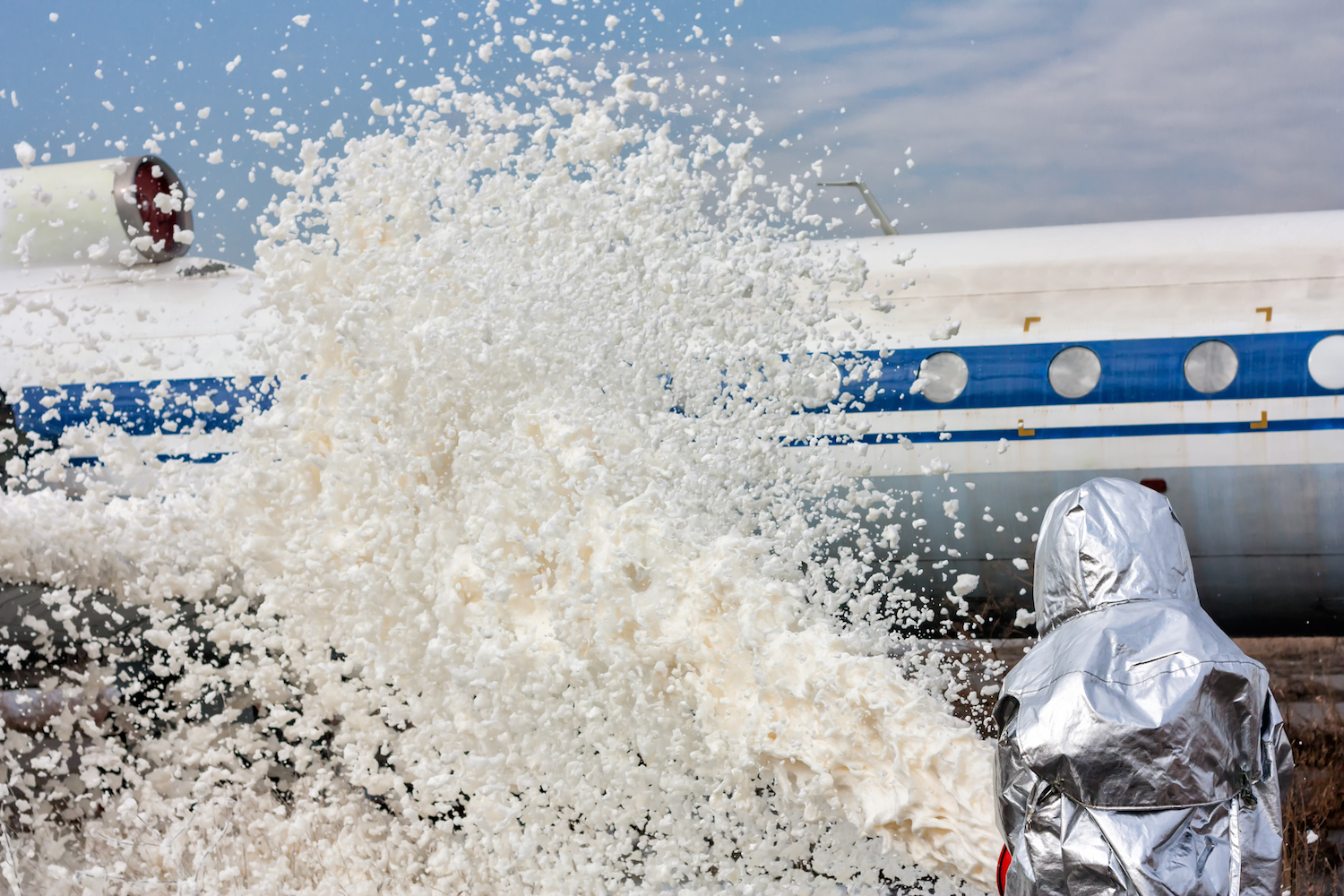
What Are PFAS?
By Rachel Ross published
These synthetic chemicals have been included in numerous household products for more than eight decades, but are they safe?
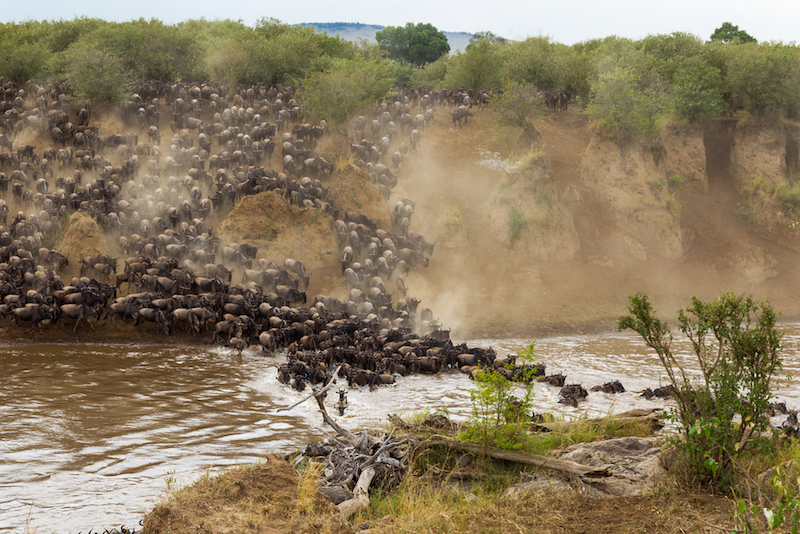
Kenya's Maasai Mara: Facts About the Wildlife, Climate and Culture
By Rachel Ross published
Watching more than 2 million wildebeest and other migrating mammals travel hundreds of miles is one of the many spectacular natural events that occur in the Maasai Mara National Reserve.
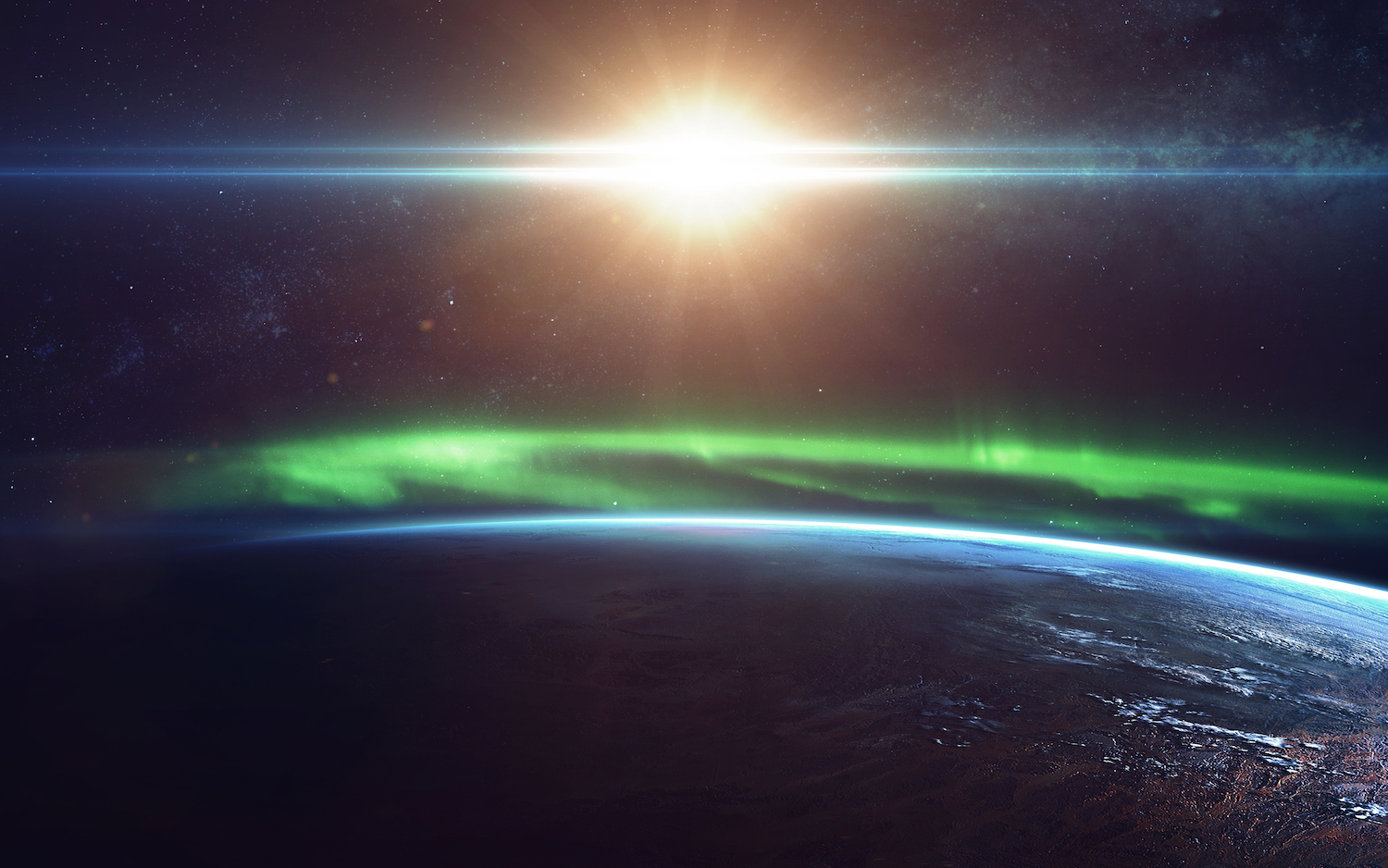
Earth's Magnetic Field and Wandering Poles
By Rachel Ross published
Earth's magnetic poles are rather inconsistent.
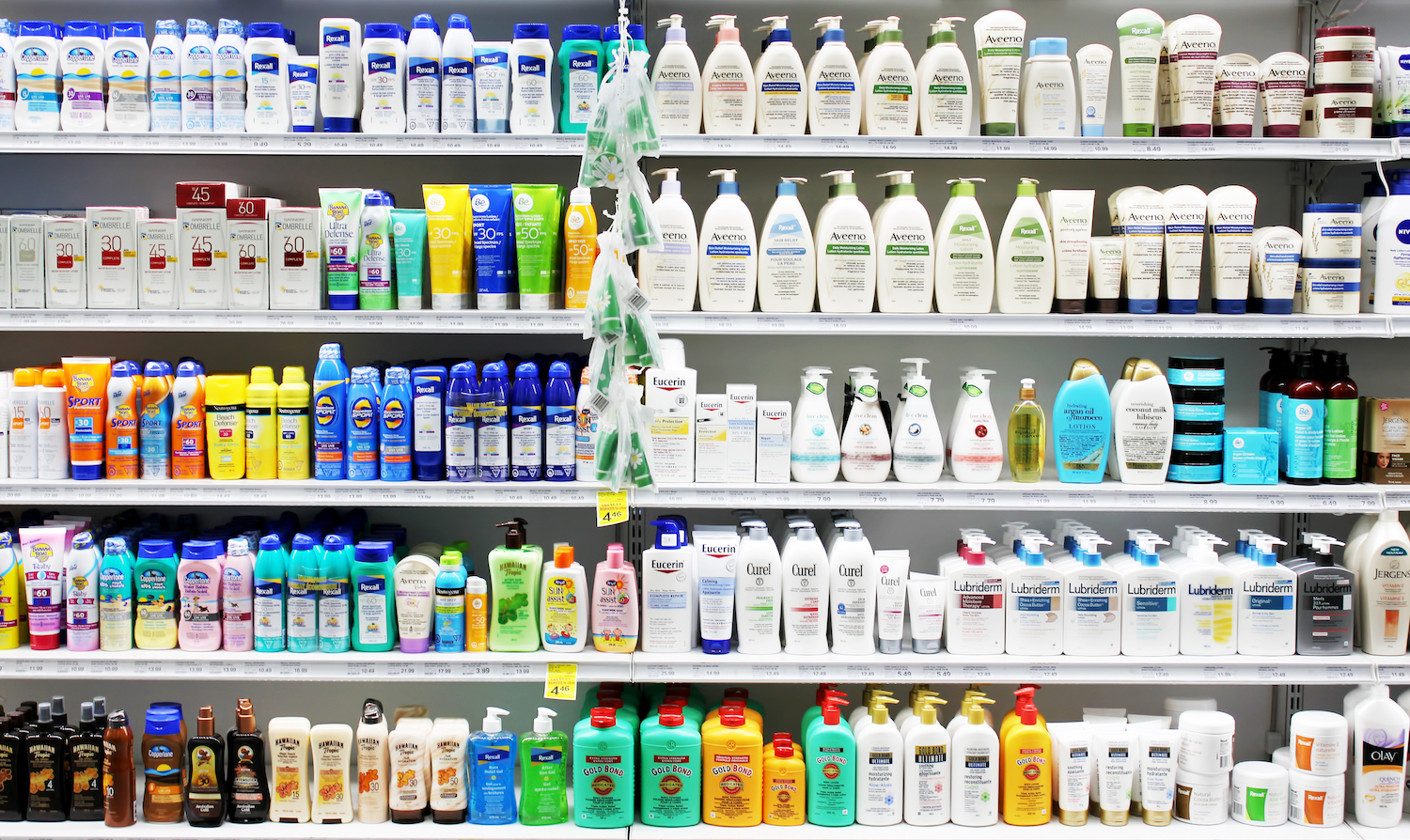
What Are Parabens?
By Rachel Ross published
Parabens can be found in a wide variety of cosmetics, foods, beverages and pharmaceuticals — but are they bad for you?
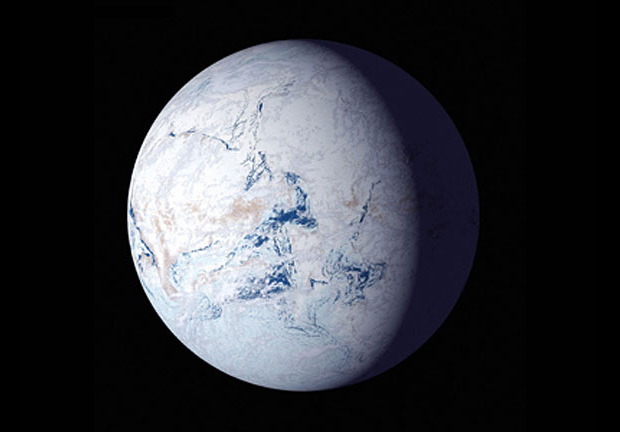
Snowball Earth: When the Blue Planet Went White
By Rachel Ross published
Can you imagine the Earth as one giant snowball?
Sign up for the Live Science daily newsletter now
Get the world’s most fascinating discoveries delivered straight to your inbox.

